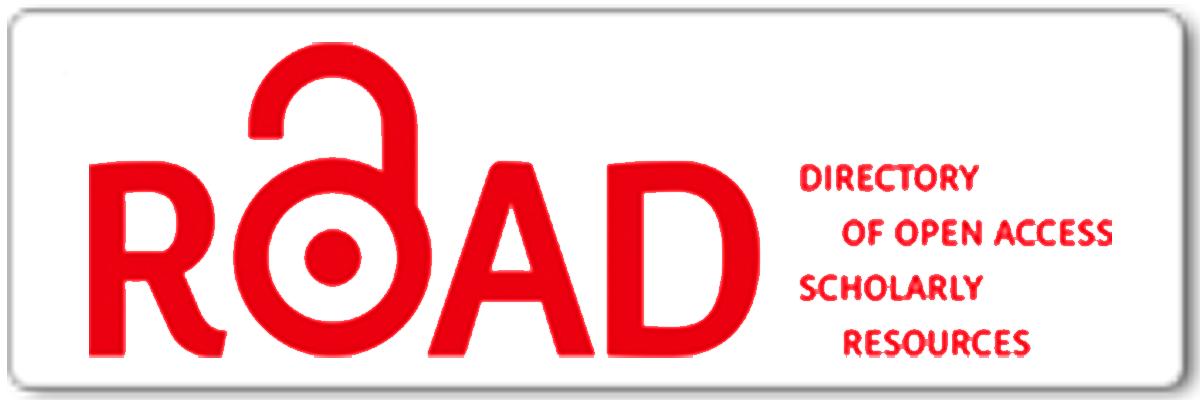Developing Linguistic Strategies to Boost Engagement and Branding of Micro-Influencers in Indonesia
Abstract
The phenomenon of micro-influencers in Indonesia continues to grow alongside the increasing use of social media in digital marketing. One of the key factors determining the success of micro-influencers in building engagement and branding is the linguistic strategies they employ. However, in-depth studies on how language use can enhance audience interaction and brand appeal remain limited. Therefore, this study aims to develop an effective model of linguistic strategies for micro-influencers to boost audience engagement and strengthen their personal branding.
This research adopts a qualitative method with digital discourse analysis of micro-influencer content on platforms such as Instagram, TikTok, and YouTube. Data were collected through sampling of social media posts, interviews with micro-influencers and their audiences, and analysis of interactions in the form of comments and engagement metrics. The analytical techniques used include critical discourse analysis to identify communication patterns, sentiment analysis to measure audience responses, and the development of a conceptual model of linguistic strategies based on the findings. The results of this study not only contribute academically to the field of digital linguistics but also have practical implications in helping micro-influencers and brands optimize their communication strategies on social media.
Keywords
Full Text:
PDFReferences
Abidin, C. (2018). Internet celebrity: Understanding fame online. Emerald Publishing.
Boyd, D. M., & Ellison, N. B. (2007). Social network sites: Definition, history, and scholarship. Journal of Computer-Mediated Communication, 13(1), 210–230. https://doi.org/10.1111/j.1083-6101.2007.00393.x
Burgess, J., & Green, J. (2018). YouTube: Online video and participatory culture (2nd ed.). Polity Press.
Crystal, D. (2011). Internet linguistics: A student guide. Routledge.
De Veirman, M., Cauberghe, V., & Hudders, L. (2017). Marketing through Instagram influencers: The impact of number of followers and product divergence on brand attitude. International Journal of Advertising, 36(5), 798–828. https://doi.org/10.1080/02650487.2017.1348035
Fairclough, N. (2013). Critical discourse analysis: The critical study of language (2nd ed.). Routledge.
Gee, J. P. (2011). An introduction to discourse analysis: Theory and method (3rd ed.). Routledge.
Herring, S. C. (2004). Computer-mediated discourse analysis: An approach to researching online behavior. In S. Barab, R. Kling, & J. H. Gray (Eds.), Designing for virtual communities in the service of learning (pp. 338–376). Cambridge University Press.
Kaplan, A. M., & Haenlein, M. (2010). Users of the world, unite! The challenges and opportunities of social media. Business Horizons, 53(1), 59–68. https://doi.org/10.1016/j.bushor.2009.09.003
Khamis, S., Ang, L., & Welling, R. (2017). Self-branding, ‘micro-celebrity’ and the rise of social media influencers. Celebrity Studies, 8(2), 191–208. https://doi.org/10.1080/19392397.2016.1218292
Linda. (2024). Linguistic style on audience engagement: A study of micro-influencer content. Cirebon International Conference on Education and Economics Proceeding, 1(1), 25–31. https://www.ejournalugj.com/index.php/cicee/article/view/9300
Linda. (2025). A linguistic journey through Indonesian micro-influencers. Medsan Store. https://store.medsan.co.id/detail/978-623-512-359-2-a-linguistic-journey-through-indonesian-microinfluencers
Liu, B. (2015). Sentiment analysis: Mining opinions, sentiments, and emotions. Cambridge University Press.
Marwick, A. E. (2015). Status update: Celebrity, publicity, and branding in the social media age. Yale University Press.
Page, R. (2018). Narratives online: Shared stories and social media. Cambridge University Press.
Pang, B., & Lee, L. (2008). Opinion mining and sentiment analysis. Foundations and Trends in Information Retrieval, 2(1–2), 1–135. https://doi.org/10.1561/1500000011
Patton, M. Q. (2015). Qualitative research and evaluation methods (4th ed.). Sage Publications.
Tuten, T. L., & Solomon, M. R. (2017). Social media marketing (2nd ed.). Sage Publications.
Van Dijk, T. A. (2009). Society and discourse: How social contexts influence text and talk. Cambridge University Press.
Wodak, R., & Meyer, M. (Eds.). (2015). Methods of critical discourse studies (3rd ed.). Sage Publications.
DOI: https://doi.org/10.35308/ijelr.v7i1.11972
Refbacks
- There are currently no refbacks.
Copyright (c) 2025 Linda Linda
p-ISSN : 2721-429X
e-ISSN : 2721-4273
Published by Language Center of Universitas Teuku Umar
Website : http://jurnal.utu.ac.id/IJELR
Email : ijelr@utu.ac.id

This work is licensed under a Creative Commons Attribution-ShareAlike 4.0 International License.





1.png)

.png)



1.png)





